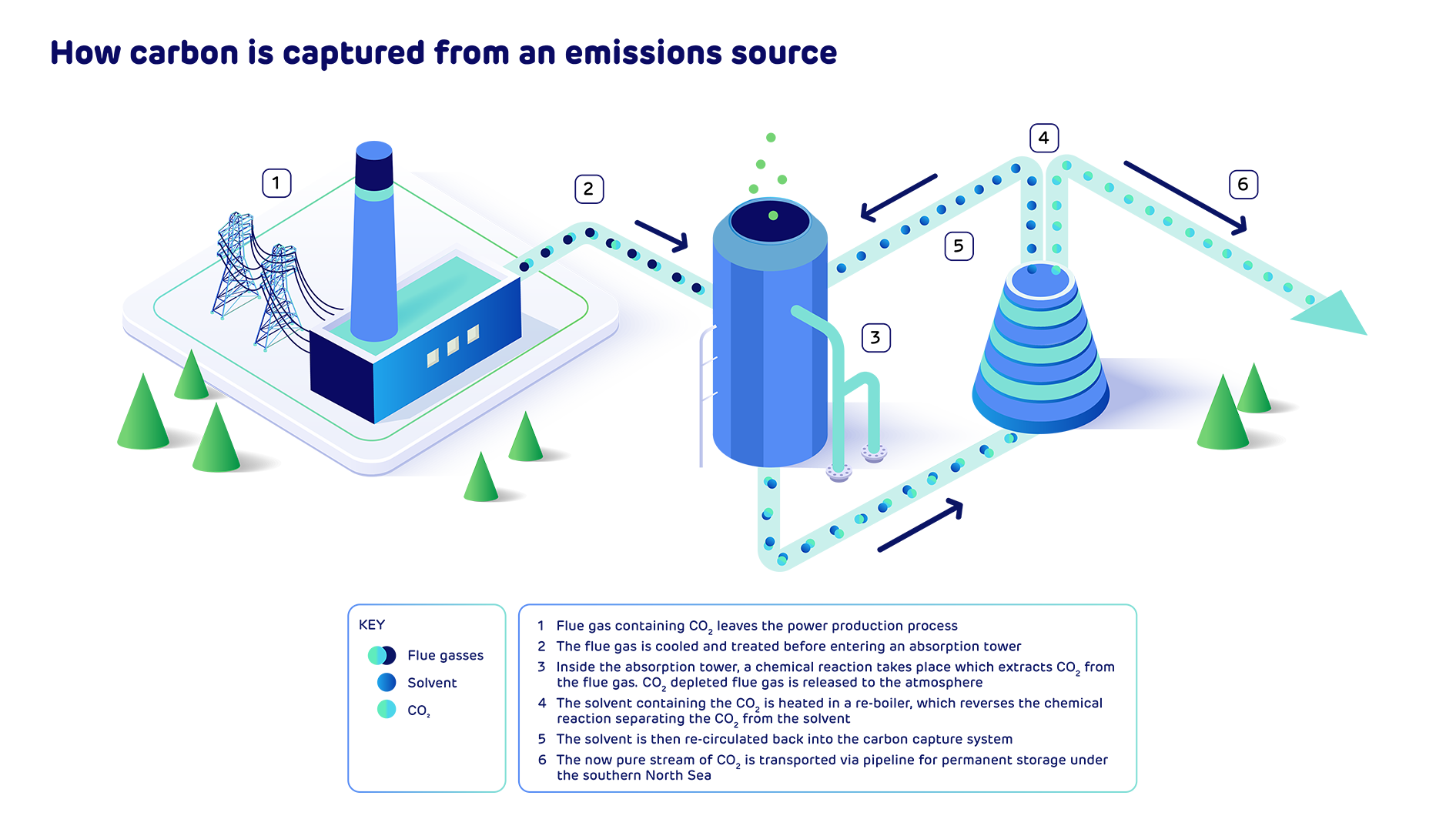ALBA RAMÍREZ SÁNCHEZ
New York, 22nd April 2016.
One hundred seventy-four states and the European Union signed the Paris Agreement; an international framework that aims to avert an irreversible climate catastrophe. Aware of the disastrous consequences climate change has on our planet these nations compromise, inter alia, to keep global warming at least under 2ºC, with an ideal target of 1.5ºC.
Since April 2016, many efforts have been made to restrain the causes of global warming yet climate scientists warn the 1.5ºC target will not be met unless global carbon emissions reach net-zero around mid-century. Luckily, mechanisms exist to achieve “net-zero”: Negative Emission Technologies.
WHAT ROLE DO CARBON EMISSIONS PLAY IN GLOBAL WARMING?
A recent article from the Energy and Climate Intelligence Unit states that “the eventual extent of global warming is proportional to the total amount of carbon dioxide that human activities add to the atmosphere”. Hence, it is clear that the greater the CO2 emissions are the further we are from the 1.5ºC target. Following the same logic, not emitting carbon at all would result in a stabilization of climate change.
However, zero emissions would imply stopping life as we know it: it would park our cars aside and deconstruct entire electrical industries and other industrial facilities. Since this solution is very impracticable, it is necessary to consider other options.
WHY NEGATIVE EMISSION TECHNOLOGIES?
To understand the working principle of Negative Emission Technologies (NETs), nature needs to be studied. Although industries are the greatest artificial carbon issuers, there are many more CO2 sources. From volcanos to plants to other living beings, 750 gigatons of carbon dioxide are naturally generated each year. The earth is prepared to absorb these emissions, resulting in net-zero emissions to the atmosphere. To do this, for example, CO2 in the air is absorbed into the ocean where many organisms use it to live. Thus, none of the carbon dioxide naturally generated is being released into the atmosphere. NETs work as all these natural CO2 mechanisms but in the artificial field; they absorb the non-organically generated CO2 to achieve carbon neutrality.
Plenty of options exist when it comes to NETs, most of which are still being developed in laboratories and tested experimentally. However, two main technologies can be realistically considered:
Bioenergy with carbon capture and storage (BECCS). This mechanism burns plant material to generate electricity, capturing and storing the carbon dioxide produced underground. New plants grown absorb CO2 from the air (energy crops), are then burned, taking more CO2 underground and thus repeating this cycle.
Direct Air Capture. A high energy demanding chemical process that extracts CO2 from the air. It is a challenging mechanism as only low concentrations of carbon dioxide are found in the atmosphere.
Other combined technologies or “hybrids” are also potential but unlikely options, ranging from boosting the growth of phytoplankton to enhancing pre-existing natural methods.
WHAT IS THE REALISTIC POTENTIAL OF NETS?
In 2017, man-made carbon emissions were up to 32.5 gigatons, which is an extra addition to the 750 gigatons the earth is capable of captivating. Even at its maximum capability, our planet intakes nearly 40 percent of the man-made emissions yet the 60 percent remaining is the main cause of the worrying and deadly global warming and climate change we are facing today. This means that to be effective, NETs need to be capable of absorbing at least 19.5 Gt of carbon dioxide every year.
According to some research, NETs could absorb up to 28 Gt of the global carbon dioxide emissions each year, an acceptable value that would cover our current necessities. However, factors like competition for land and political disparities among countries bring down this estimation. Furthermore, many experts even argue that believing NETs could be the solution to a carbon emissions surplus is a waste of our time in the race against global warming. Forest and Climate Campaigner Kelsey Perlman published an article in the philanthropic organization One Earth arguing BECCS could do more harm than good. Perlman states that “BECCS deployed on a large scale would compete with land to grow food”. This would make this specific technology not sustainable - at least not beyond the environmental aspect. It would need 1/2 the size of India exclusively for biomass land to have a 50 percent chance of achieving the 2ºC goal. Other limitations include the low availability of underground land for BECCS and the consequent need to remove current forests so the land can take in energy crops.
Taking these factors into consideration and the still on-going research regarding NETs, the UK’s Climate Change Committee estimates that the country could capture 60 megatons of CO2 every year with the use of NETs. This estimation significantly brings down the effectiveness of these technologies to achieve net-zero by the year 2050.
However, other positive consequences of the use of NETs need to be addressed. For example, BECCS not only capture carbon but produce bioenergy which could, in turn, reduce the usage of carbon-based industries empowering the reduction of carbon emissions. In addition, the US National Center for Biotechnology Information argues that NETs could improve agricultural productivity, the retention of soil nitrogen, and soil water holding capacity.
Most climate experts and scientists agree on the benefits of these technologies. “NETs present low risks and great benefits… They have a great potential for emissions’ reduction but many of them are still under development or being tested at experimental levels,” stated Javier Arístegui, a professor in Ecology in a recent post for the Summer University of Maspalomas. Although Negative Emissions Technologies present some disadvantages and are, in most cases, still in their early phases of development many already argue they are our best bet towards carbon neutrality and stabilizing climate change.
REFERENCES
https://eciu.net/analysis/briefings/net-zero/negative-emissions-why-what-how
ocean-climate.org
https://www.drax.com/about-us/our-projects/bioenergy-carbon-capture-use-and-storage-beccs/
https://www.cbinsights.com/research/direct-air-capture-corporate-carbon-reduction/




